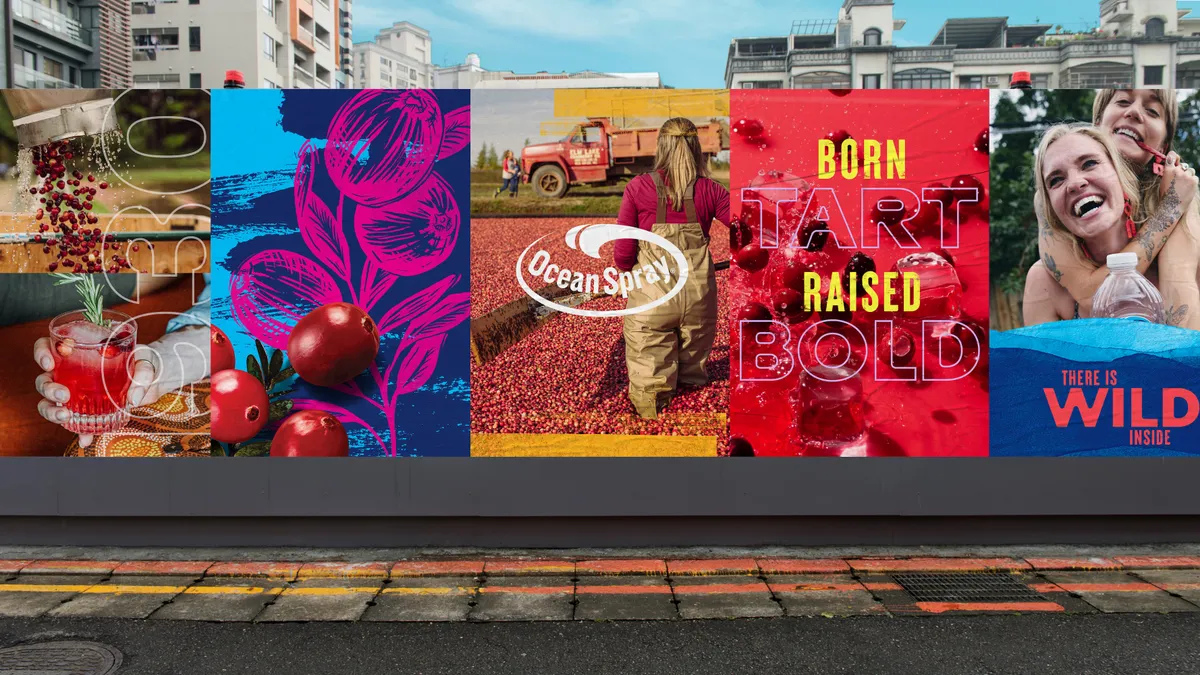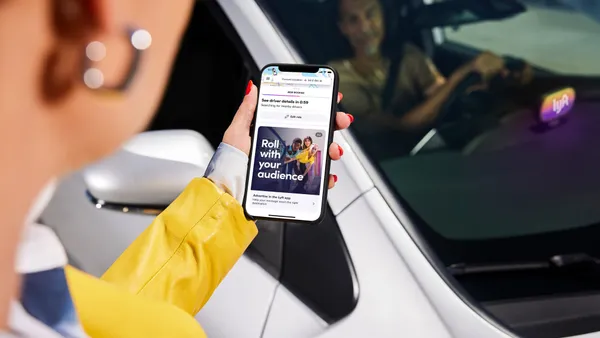Dive Brief:
- Twitter, the micro-blogging application with 313 million monthly active users, rolled out on Thursday a series of design changes to its most important features while making its iOS version more like the one for Android, according to a blog post by the company.
- Tweets now update in real time so users can see replies and retweets as they happen instead of having to refresh the screen. User profile photos also appear in a round image instead of square, while the reply button now looks like a chat bubble instead of an arrow, which had previously confused people who thought it was a “back” or “delete” button, per the blog post.
- Links to articles and websites in the iOS version will now open in Apple’s Safari browser instead of Twitter’s in-app web viewer. Meanwhile, the profile tab was removed from the bottom of the app and moved to a slide-out menu on the left side, similar to Twitter's Android app.
Dive Insight:
Twitter’s redesign triggered a predictable hate-storm that inevitably comes with any update to popular social media sites. But Twitter was due for a design update, as anyone who has accidentally sent out an unfinished message has realized (look up “covfefe” in any search engine for a notorious example). Mobile apps like Instagram have been derided for copying features of Snapchat, but app redesigns are showing how smartphone users are developing certain expectations based on their experience in using the most popular features of trendsetter platforms. App designers need to build upon past innovations for the sake of improving the user experience.
The Twitter redesign comes a day after the company updated its Direct Messages to make them more useful to marketers that want to use the platform for customer service and engagement. By providing greater flexibility for chatbots, companies can put as many as three clickable buttons in messages to interact more meaningfully with users.
On Sunday, Twitter will enact new opt-out privacy policies that allow the platform to share more personal information about its audience with advertisers. While Twitter will continue to withhold the names, email addresses and phone numbers of its users from third parties, it will track the locations, website visits and other smartphone apps of account holders who don't change their privacy settings and opt out. With each passing week, Twitter is finding ways to be more user-friendly for its customers and advertisers, like its move to opening links in Apple's Safari browser instead of Twitter's in-app web viewer, which makes it easier to see content on websites without having to sign in again, as with subscription sites like the New York Times.














